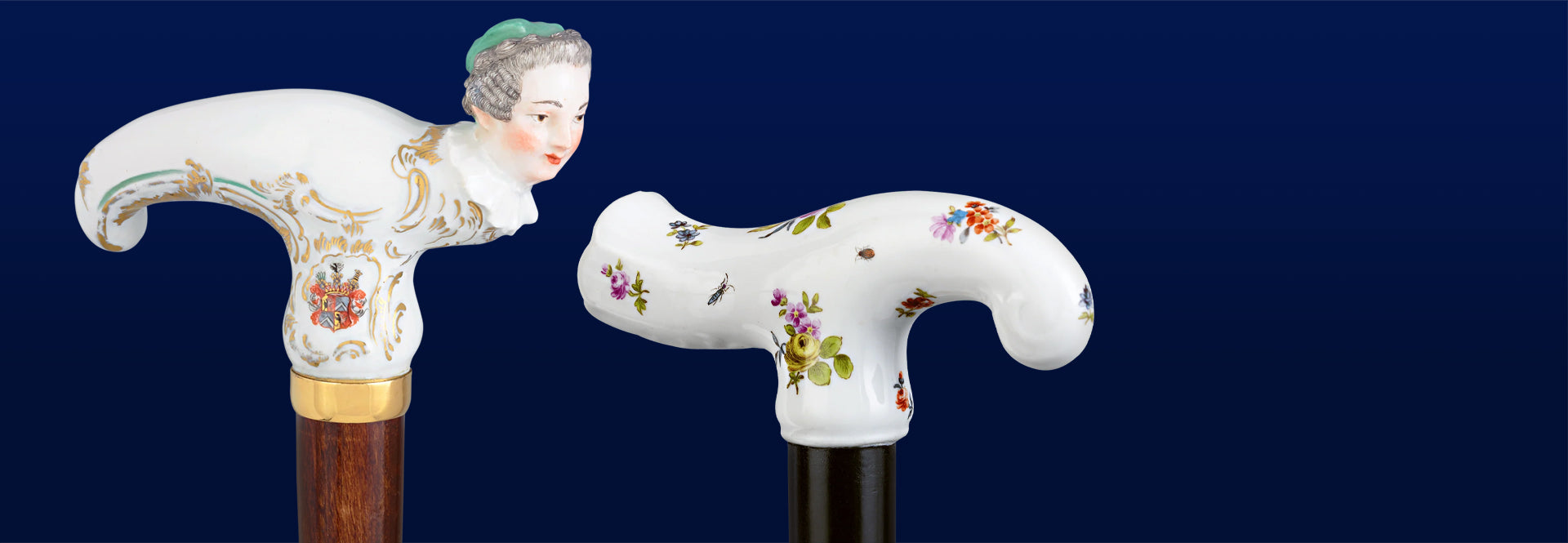

In the Victorian era, walking sticks made with rare wood, topped with gold or silver knobs were a traditional gift when a gentleman was being honored for an achievement or a social distinction. While the average subjects of most kingdoms could not go around with a scepter, waving it for all to see, carved walking sticks, custom made with materials relevant to the person’s status, were a proper substitute.Ī walking stick like this was a popular gift in Victorian times, for prestige and self-defense Kings were often given scepters, one for each hand at the time of coronation, as an outward symbol of power that all could see. If a king or a queen wore a specific style, ate a particular food, or used an item, no matter how small, it became a trend that the rest of society would want to imitate. An extraordinary example of a 19 th-century walking stick carved from whalebone.Įven in the Middle Ages, fashion was determined from the top down. Many of the materials used to make some of the more interesting examples are not legal to use any longer, making some walking sticks extremely valuable. Initially, as an aid to traveling over mountainous territory or climbing on rocky lands, they would develop into defensive weapons, outward signs of power, fashion accessories, and medical devices.

Walking stick is more accurate because whether used for fashion or needed for a medical issue, they are meant to be seen when users are out and about, on a stroll. Early walking sticks were often made of these lightweight woods, so the name eventually evolved to “walking canes” because of that.

The term “cane” did not exist before the 16 th century except as the name for bamboo, rattan, or sugar cane branches. So, is there a difference between a walking stick and a cane? Yes and no. High society or not, anyone not acting appropriately could risk losing their stick privileges. Made from rare woods and often embellished with carvings, ivory, or precious metals, walking sticks even required a permit in early 16 th -century London. However, in days gone by, almost every fashionable gentleman strolling down a street carried a cane or walking stick, just not for an unsteady gait. Usually, if you see someone walking with a cane, you might offer to help, perhaps hold a door for them, or give them some extra room on the sidewalk. In days gone by, almost every fashionable gentleman carried a cane or walking stick.


 0 kommentar(er)
0 kommentar(er)
